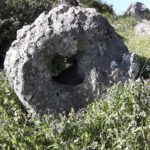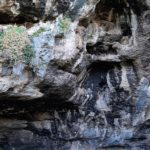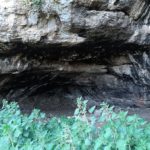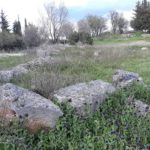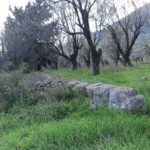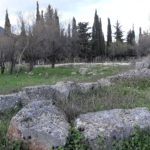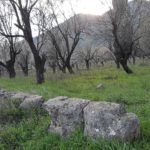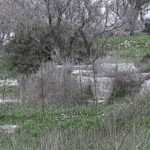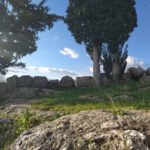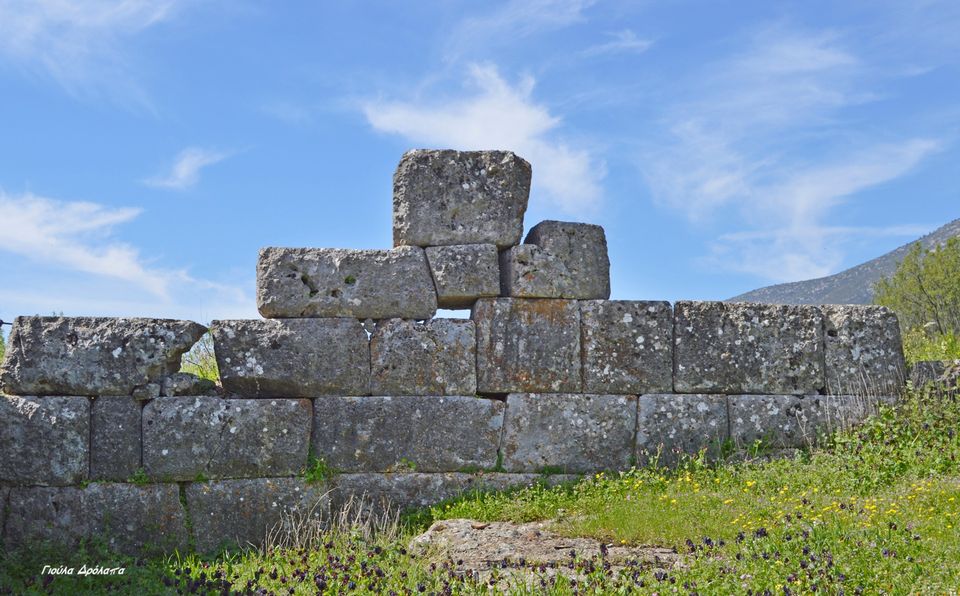
The modern settlement of Agia Efthymia, thanks to the epigraphic testimonies, the excavation data and the written sources, is identified by most scholars with the city of Ozola Lokra, Myonia or Myania.
The traveler Pausanias visited it in the 2nd c. e.g. and in his book, the Phocians, he refers to the sanctuaries of the city, to the local cults and worship practices of its inhabitants. In the city there was a grove with an altar of the Melichian gods, chthonic deities and the mosque of Poseidon who was worshiped mainly as a god of fertility and springs that emerged from the bowels of the earth.
Pausanias also mentions the offer of the “mice” to Zeus of Olympia, a shield with painted decoration and bronze lining, a helmet and shins, which he saw in the treasury of the Scythians during his visit to Olympia.
The history of the place emerges through the ruins that are preserved until today, sometimes eloquently, sometimes enigmatically or come to light gradually through excavations and surface research.
To the northwest of the village, at Ekatrachi, is the fortified citadel that was the center of the city’s defense system and today is the most important monument of the city and a witness to its history. The fortification enclosure covers an area of about 300 X 250m., Built in the 4th c. e.g. mainly during the pseudo-isodomic trapezoidal masonry system and to strengthen its defense it was supplemented with eleven rectangular towers. One can watch the course of the wall and see its well-preserved parts in the village. At a significant height it is maintained mainly in the area of the cemetery where a double tower is preserved which indicates the existence of the gate.
For the security of the wider area around the fortified settlement, several smaller watchtowers had been built.
Aspects of the history of Myonia are illuminated by the graves of the tombs, the tombstones and the inscriptions that testify to the development of the city.
In 1899, during the works for the opening of a public road in Agia Efthymia, an important monetary “treasure” (set of coins) was discovered containing silver amphitheater staters, the coins issued by the Delphic Amphitryon in 336-334 BC.
Also, in 1928 during the works for the opening of E.O. Amfissa-Nafpaktos, a tomb of the 6th c. e.g. containing a warrior burial with his war gear such as helmet, spear and spearheads and iron swords.
A few years ago, unfortunately, illegal excavations were carried out during which pottery, figurines, weapons and jewelry were discovered that seem to come from 5th century tombs. BC, but many important data for the city cemeteries were lost, capable of contributing to the historical research of the area.
A. Tsaroucha, archaeologist
Source: odysseus.culture.gr


